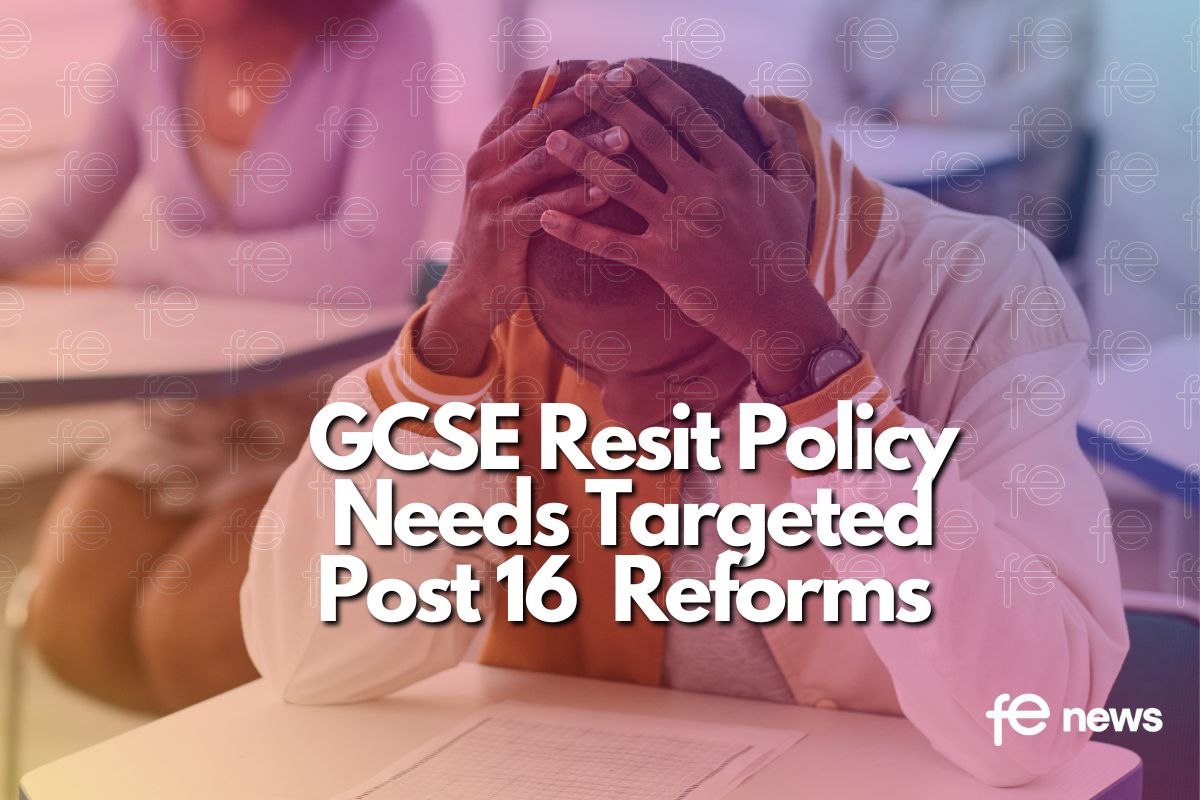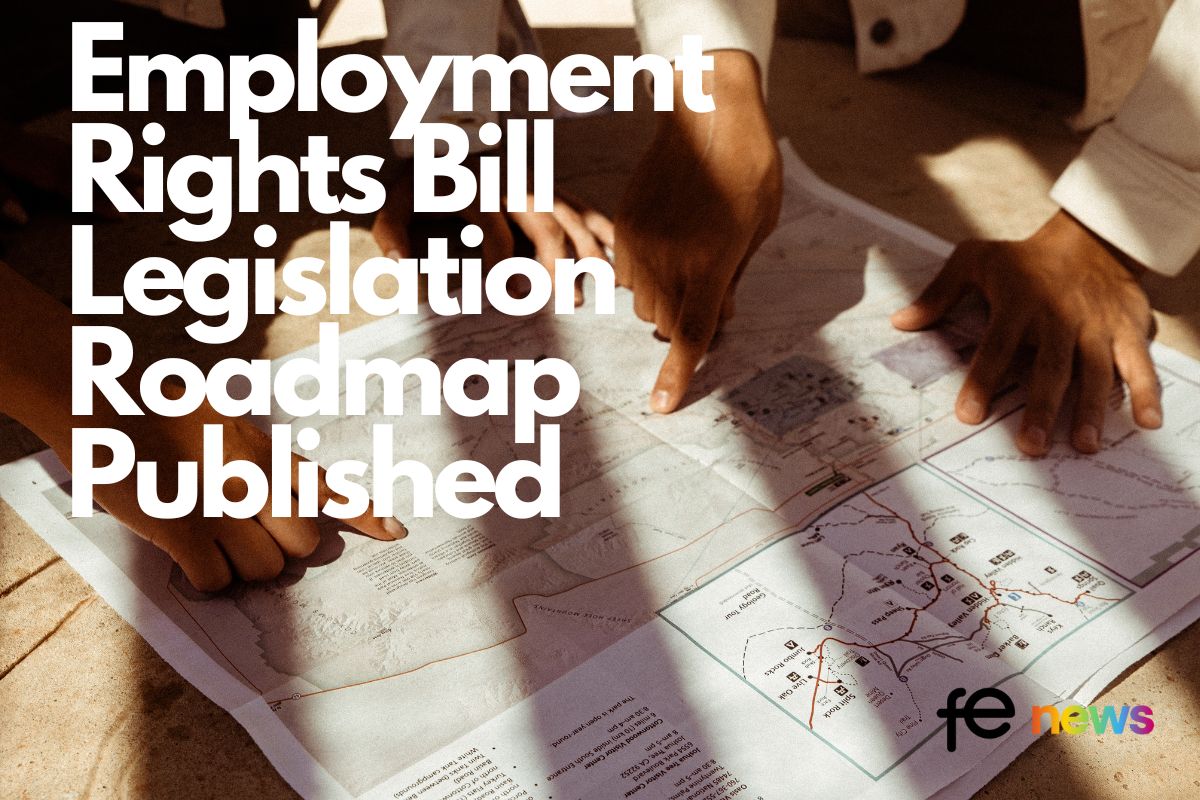Using analytics to unleash students’ potential

Data and analytics have revolutionised many industries over the past decade, and as much as education has resisted, it is no longer an exception.
In the past, instructors would rely upon experience and intuition to gauge student performance, but with more readily accessible technological tools, data and analytics are being utilised to do what was previously impossible. The role of data in education has long been debated, however, as the power comes to the forefront, it is becoming increasingly clear the impact that can be had for educators and students alike. According to a recent global study from Instructure, the makers of Canvas, 80% of respondents in the UK consider personalised instructions as one of the main factors for driving student success.
These tools are being deployed in various ways in education – the most common being for tracking student progress. With the help of the virtual learning environments and other tools, educators can now view student performance and progress in real-time rather than awaiting results from summative assessments. The value of this information can be leveraged to tailor instruction to meet students where they are at in their comprehension of the competencies being taught.
Another long sought after application of data and analytics is predicting student outcomes. By analysing data on student performance, attendance, and engagement, educators can identify students who may be at risk of falling behind or dropping out. This information can be used to provide targeted interventions or advising to help keep students on track.
Data and analytics can also be used to evaluate the efficacy of teaching strategies and education tools. Not only can this information be used to make data-driven decisions to improve teaching and learning outcomes, but can also be used as institutions evaluate the best set of tools for them to procure and deploy at their campuses.
The benefits of data and analytics in education are numerous, however, it is very important to acknowledge a constant concern on behalf of educators across the globe – privacy. Schools must ensure that all student data is protected and is not used in a way that infringes upon student autonomy and acts against the student’s best interests, i.e. unfairly label or stigmatise students predicated on prior behaviours.
In the UK, there are significant differences in educational achievement and access to higher education, which create opportunities to address educational inequality. Data and analytics can play a role in bridging these gaps by providing supplemental education with targeted interventions to ensure that all students have an equal opportunity to succeed in the classroom and throughout their careers. By using data to identify and provide support to students who may be at risk of falling behind or dropping out, educators can help to level the playing field and ensure that every student can reach their full potential.
The use of data and analytics in education has the potential to unlock student potential in ways previously impossible. By providing real-time tracking of progress, personalised instruction, and predictive analytics, educators can better tailor instruction to meet the needs of their students.
In addition, data and analytics can be used to evaluate teaching strategies, address education inequality, and empower students to succeed in the classroom and beyond. While privacy concerns must be addressed, the benefits of using analytics in education are numerous and will continue to transform the education landscape for the better.
By Sidharth Oberoi, Vice President of International Strategy at Instructure











Responses